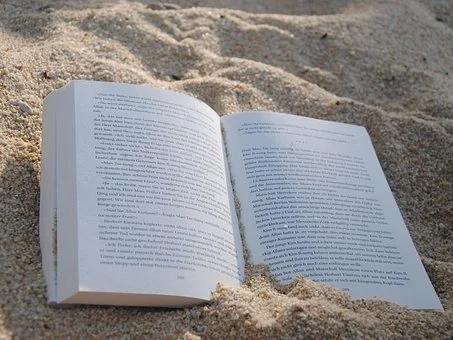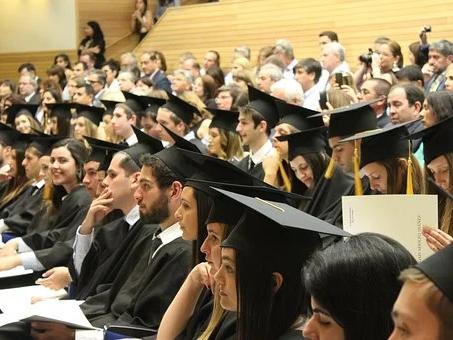PTE考试:SST高频真题Sound Receptor解析
由于雅思等考试一直未有明确的消息是否复考,越来越多的考生选择转考PTE,但也有很多考生对PTE考试感到些许陌生,今天我们来讲解一道高频的SST题目,同时通过这道题目,大家也可以了解一下PTE考试题目,积累一些词汇和固定搭配。
这道Sound receptor的SST,难点在于,文章很短,重点的内容集聚在一起,同学们的笔记速度跟不上。第二点在于文中的专有术语较多,学术性较强,对于非专业的同学而言,不容易理解这样的一个物理原理。
所以今天我带着大家一起梳理一下这篇高频难题。
首先我们先分析文章的逻辑
You’ve got sound receptors in your ear and they are beautiful. We’re not going to talk about them at any length, but there’s little flappy, these little spiky things going along in your ear and they can translate vibrational energy coming from your ear, hurting your eardrum, being translated into a vibration into the fluid in your ear into a physical motion of these little receptors there into an electrical motion, into an electrical signal that goes into your ear.?So, all of that, all of that’s pretty impressive stuff. We’re not going to talk about the details of it, but I invite some of you who want to learn more about this, particularly MIT students I think find receptors really quite remarkable kinds of devices.

图片来源网络
这篇文章主要分为三个部分:
➤第一部分讲解了sound receptor的特征,包括以下几点:in your ear, beautiful, little, flappy, spiky。
➤第二部分讲解了sound receptor的工作原理,主要包括以下四步:
Translate vibrational energy
(声音进入耳朵,撞击耳膜)
Translate into a vibration into the fluid
(内耳淋巴液产生液波)
Physical motion
(物理运动)
Electrical signal
(电信号)
➤第三部分提出了一个关于MIT students的内容,他们发现sound receptor 是一个remarkable device。
根据我们的分析,我们可以写下如下参考答案:
Sound receptors are small devices that are little flappy and spiky in the ears. Sound receptors can translate vibrational energy coming from your ear, which is hurting your eardrums, into a vibration into the fluid, then this physical motion of receptors will be translated into electrical signals that go into your ear. MIT students are invited to learn more about sound receptors and find them remarkable.
接下来我们用中文讲解一下,文中所述的物理原理:
由外耳接收声波,撞击耳膜,耳膜的震动通过听小骨使耳蜗里的液体出现液波。液波推动纤毛,像风吹杨柳一样。纤毛的浮动使相应的毛细胞产生易被大脑识别为声音的电信号。大脑把收到的电信号进行处理,使人们可以区分几十万种声音并产生相应反应。
【词汇积累&固定搭配】
spiky adj. /ˈspaɪki/
having sharp points 有尖刺的
spiky plants
such as cacti 带刺的植物,如仙人掌
以上就是本次梳理的高频SST题目,想要get更多PTE知识干货,期待下期小课堂啦。









